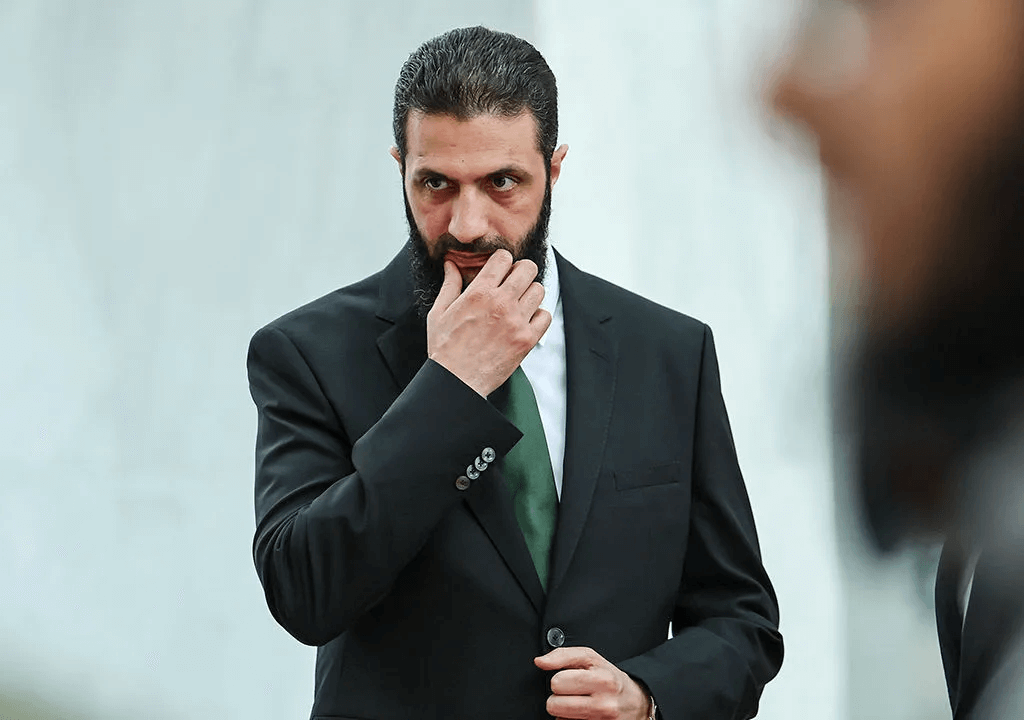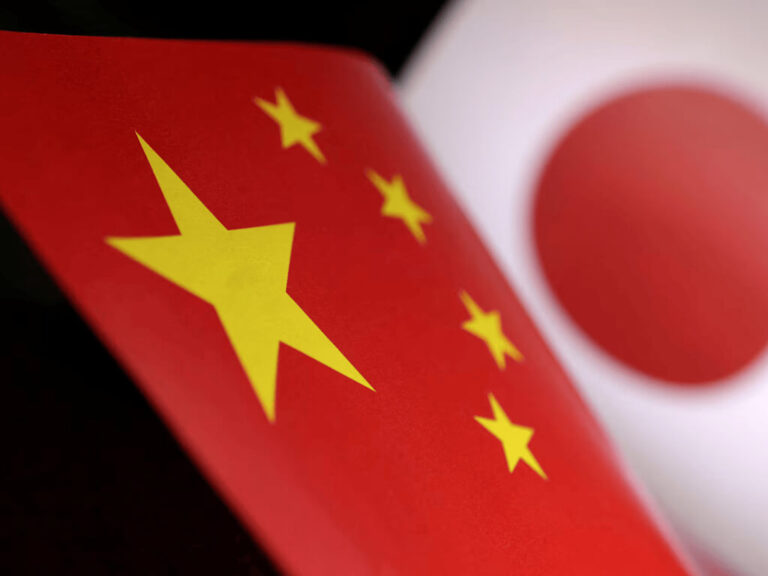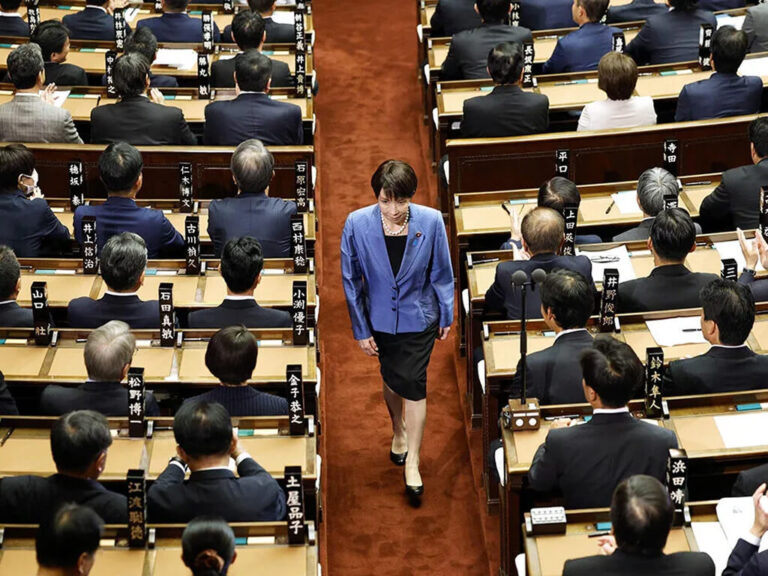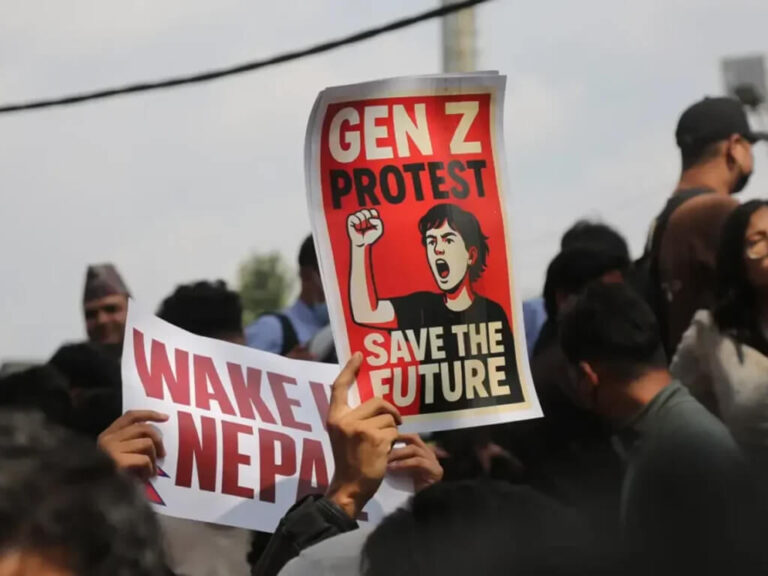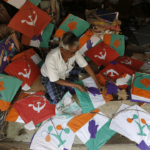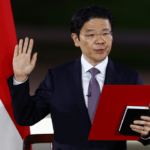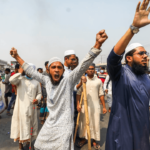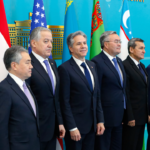Nearly two months after the collapse of the Assad regime, Syria has a new president. Ahmed al-Sharaa, the supreme leader of Hayat Tahrir al-Sham (HTS), has emerged as the head of a transitional government, ending Bashar al-Assad’s twenty four-year rule with an insurrection that upended what remained of Syria’s fragile status quo. Al-Sharaa’s rise is no ordinary political evolution. Once a fugitive, he has spent decades navigating the murky underworld of militant jihadism, his career spanning al-Qaeda, Jund al-Sham, and, most notably, Jabhat al-Nusra, the Syrian branch of al-Qaeda that later morphed into HTS. Under his leadership, HTS orchestrated the final push against Assad’s forces, forging a tenuous alliance of Islamist factions united less by shared governance ambitions than by their mutual enmity toward the old regime. Yet, for all its battlefield triumphs, HTS remains an organization steeped in an ideology that much of the world considers extremist, its name etched onto lists of terrorist entities from Washington to Moscow.
Ahmed al-Sharaa, who has functioned as Syria’s de facto ruler since early December, was formally appointed president on Wednesday following a meeting of rebel faction leaders. The announcement, delivered by a military spokesperson, marked a sweeping reorganization of the country’s political and security structures.
As part of the changes, Syria’s parliament was dissolved, to be replaced by an appointed legislative council, while the country’s 2012 constitution was formally annulled. The existing military and security agencies were also disbanded, with new institutions set to take their place. Additionally, all armed factions in Syria are to be dismantled and integrated into a unified national army. On paper, the order applies to all groups, including HTS, though the group—Syria’s dominant power—was conspicuously left unnamed.
Sharaa has taken a more pragmatic tone in his push for international recognition, calling for inclusivity and unity in Syria. Following his appointment, he outlined three immediate priorities: filling the power vacuum, preserving civil peace, and building state institutions.
The transitional government is officially set to transfer power to a new administration in March, though how this will unfold remains uncertain. In an interview with the UAE based media, Al Arabiya last month, Sharaa suggested that elections could take up to four years, while drafting a new constitution might take three. He has promised to hold a national dialogue conference to ensure a more representative post-Assad era, yet the event has been repeatedly postponed. So far, his meetings have been mostly with individuals rather than political parties, raising doubts about the scope of his efforts toward inclusivity.
The dissolution of Syria’s military factions remains a contentious issue as the interim government, dominated by HTS appointees, works to consolidate power. The role and future of these armed groups have become central concerns in the country’s fragile transition.
In mid-January, the Syrian Ministry of Defense announced plans to hold consultations with various factions to explore the creation of a unified military. But the challenges are considerable. Many radical Islamist rebel groups—particularly those within the Turkish-backed Syrian National Army—lack HTS’s organizational discipline and differ significantly in ideology. The sudden collapse of the Assad regime has also left vast stockpiles of weapons, tanks, and artillery scattered across Syria, some of which have already been seized by insurgent groups, further complicating efforts to impose centralized military control.
With Kurdish forces controlling significant territory and various other factions still holding land, the question of how Sharaa will unify the country remains unresolved. In an effort to consolidate power, he and the minister of defense have held near-daily meetings with rebel groups, appointing their leaders to key positions in the interim government, including governorships of provinces. Yet, the ideological divide between HTS and other factions—particularly the Kurds, whose vision for Syria starkly differs—poses a serious challenge.
Foreign interests further complicate Sharaa’s path. While Iran has withdrawn much of its influence, certain factions remain in the country and are expected to cooperate with the new government. If Israel de-escalates its conflict with Lebanon, its attention could once again shift to Syria. Meanwhile, Turkey’s staunch opposition to Kurdish autonomy presents another obstacle, as does the involvement of Qatar and Saudi Arabia, both of which are likely to assert their own strategic interests.
For Sharaa and the Sunni Islamist factions aligned with him, securing the trust of Syria’s minorities—particularly Christians, Alawites, and Kurds—will be critical. Without their inclusion, Western powers are unlikely to offer support, and Syria risks spiraling into yet another protracted civil war.
As negotiations between the new government and the Kurds continue, the conflict between the Kurdish-backed Syrian Democratic Forces (SDF) and the Turkish-backed Syrian National Army in northern Syria escalates. The Kurds find themselves in a vulnerable position, with U.S. support for their cause diminishing under the Trump administration, while Turkey remains steadfast in its efforts to weaken them. Faced with limited options, the Kurds are likely to prioritize flight over confrontation, which will only prolong the conflict and fuel further insurgencies from various groups. This may lead to the extended rule of Sharaa, who has proven adept at managing crises. Such patterns are all too familiar in the Middle East, and under Sharaa, Syria does not appear to be charting a different course.

